Normally, voice recorders are good enough for recording interviews, focus group discussions, and meetings. Their modern internal in-built microphones have progressively become better – and at par with most external microphones. However, there are a couple of instances when you’ll need a voice recorder microphone.
Range
The first is when you want to extend the range of your voice recorder – that is, you want to increase the area of coverage. Now, some recorders (for instance some Olympus models), claim that they can zoom in/out and decrease/increase area of coverage. But really, all they are doing is increasing the mic sensitivity; which increases the recording converge area but also captures a lot of background noise.
If you are in a very quiet room, you can get away with increasing the internal microphone sensitivity to cover more area and record distant audio. But even then, there’s a limit to the distance you can record using voice recorders and external microphone.
So if you want to increase the coverage area of your recorder, and still capture awesome sound, you’ll want to get external microphones. You’ll need at least two (2) microphones, because when you plug in an external microphone into most digital recorders the internal microphones are disabled.
Noisy Locations
The other instance when you’ll need external microphones is when you are recording audio in a noisy location. The trick is to get the microphone as close as you can to your subject. Holding the voice recorder up to the subjects mouth can work, but it can be tiresome (imagine hold up a recorder for an hour long interview) and you’ll most likely need your hands to be free.
I’ve penned a great post of how to record 1-on-1 interviews in a noisy locations, but I’d like to reiterate that having external microphones is the key to record good audio in noisy locations.
Imagine having to record good quality audio in either of these instances. Which microphones would I recommend you use? There are 3 microphones that I recommend which will cover most of the instances when you’ll need external microphones for your voice recorder.
1. Giant Squid Lavalier Microphone
The giant squid lavalier mic is the microphone that I’d recommend you get if you foresee recording interviews in cafes, restaurants and other noisy location. This microphone works very well with all the voice recorders that I own – I’ve never had a compatibility issue.
If also records very good sound and cuts out a good amount of background noise, but you’ll need to find and use the right setting on your recorder. Here’s a detailed review of this lav mic, and here are a couple more clip on microphones that I recommend for recording interviews in noisy location.
I really like this microphone and always carry a couple of them with me, with the Hosa YMM-261 splinter cable (Amazon link). And that, coupled with the Sony ICD-ux560 voice recorder, gives me the versatility of being able to record interviews in any location. Even in quiet locations, I’ve even taken to placing them on an empty glass, or cup, when I don’t need to clip them on my subject. With the Giant Squid, you’ll record very good audio. Buy it now from Amazon.
2. Fifine Condenser Microphone
A couple of these microphones are great for extending the range of your voice recorder. The sound quality is clear and crisp. It comes with a small tripod and is prefect for desk/table top use. And it has a very quiet noise floor. Comes with a 6ft cable.
My experience with the Fifine microphones is that they are very user friendly. Just plug them into the voice recorder and press record. You will need the Hosa YMM-261 splinter cable to connect a couple of them to your recorder. I did find that the stand is not sturdy – a piece broke off, but I was able to attach it with some glue. They do need gentle care.
I used them a lot to record meetings, and they worked really well. They are currently not my go to microphones for extending coverage – but they’ve served me well over the years. Definitely recommend for increasing the recording coverage of your voice recorder. Buy now from Amazon.
3. Olympus ME33 Boundary Microphone
The ME33 boundary mic is the microphone I recommend when you really want to extend the coverage of your voice recorder. You can daisy chain up to 6 of these microphone to you recorder! That allow you capture sound from a very large area.
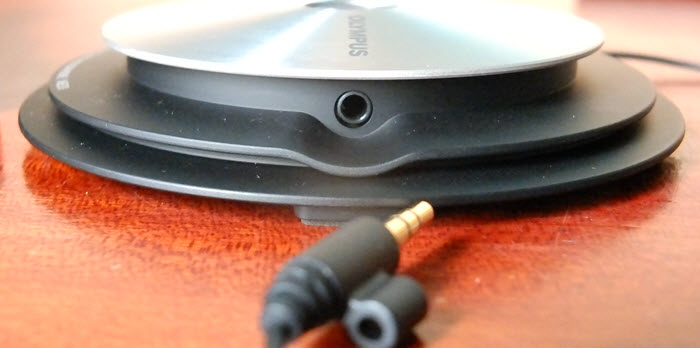
When I first used the Me33, I was impressed with the quality of the sound captured. Olympus rate the sensitivity of this microphone as -35dB. That’s high. I’d expect it to capture a lot of background noise. But it does not! In fact, I’ve compared the Olympus ME33 boundary mics with all other mics/recorders that I own and it captures the least noise. In addition, it does a capture distance voices very well. So low noise, good audio coverage. Perfect.
Now, they are a little more expensive than the Fifine microphones, but the increase in audio quality and coverage is well worth it: a definite upgrade. Here’s a detailed review of the ME33 and I love to pair them up with the Zoom H1n. If you can afford them, get them! Buy now from Amazon.
That’s it for this post on the best external microphone for your voice recorder. Hope you’ve found it useful. If you have any suggestions, comments or questions, feel free to post them in the comment section below. And keep us mind for all of your interview transcription needs.

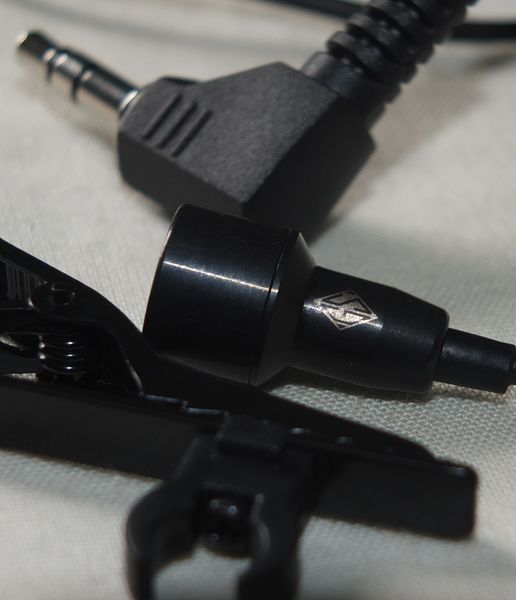
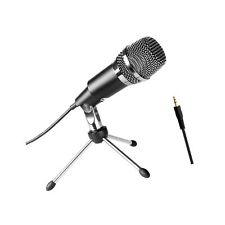
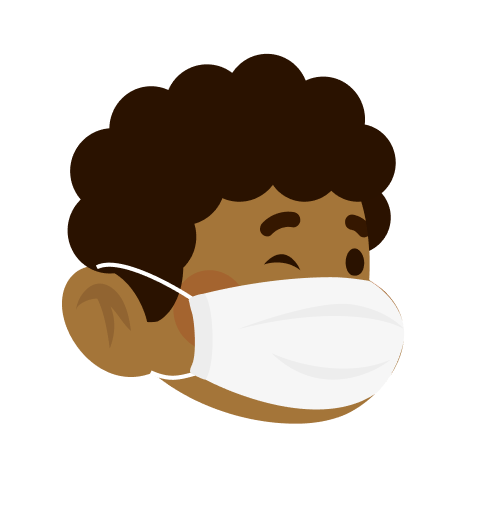
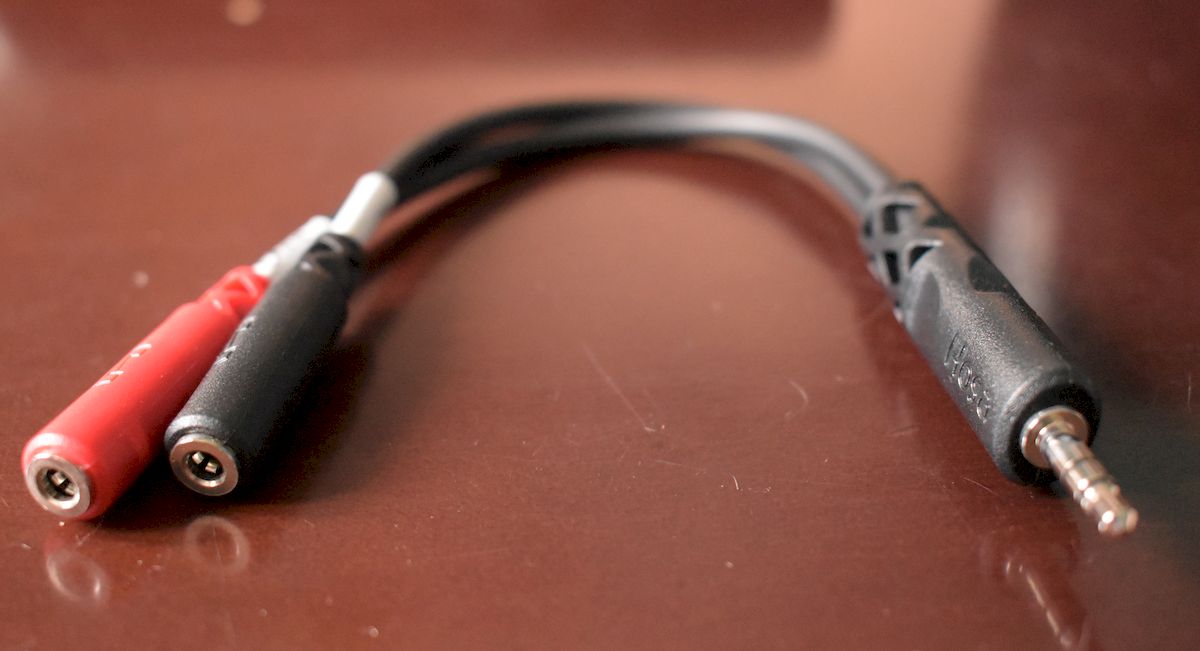
Leave a Reply